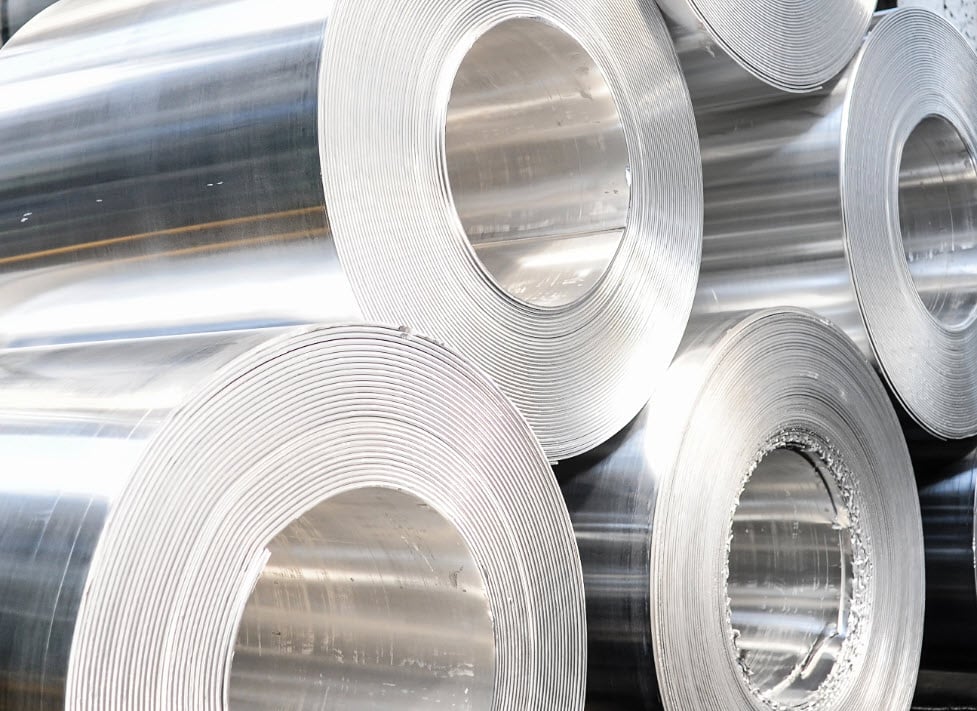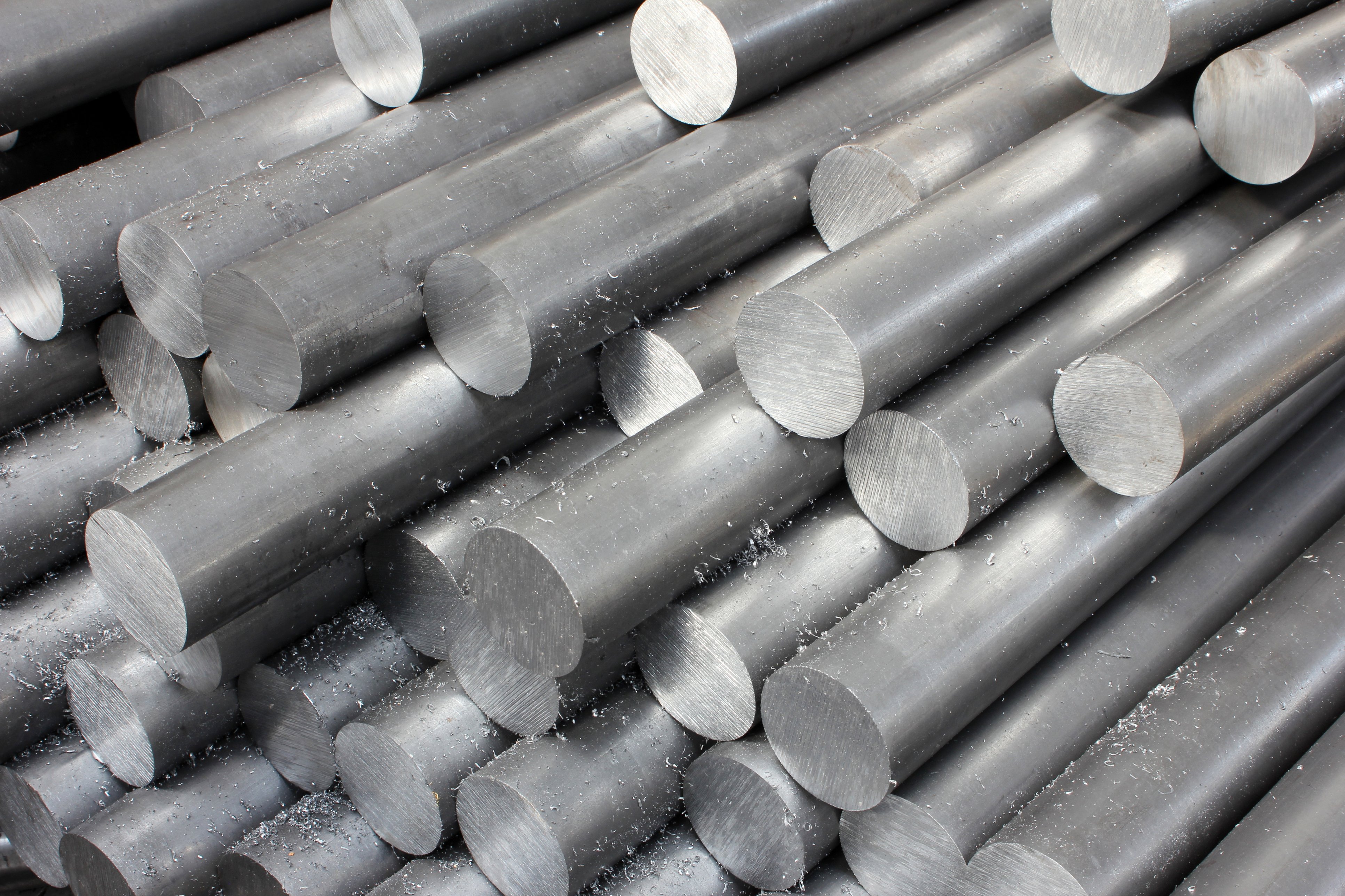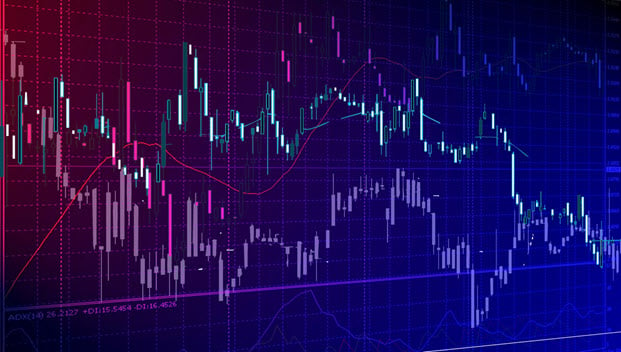Monetary easing by major central banks, especially the US Federal Reserve, will continue to support the precious metals complex. A further escalation in geopolitical tensions may enhance gold and silver’s appeal as safe-haven assets. However, the outlook for PGMs remains weak due to ongoing challenges in their fundamental drivers.
- Geopolitical developments, US Fed’s monetary policy decisions, and Donald Trump’s economic and trade policies will be key drivers for gold prices in 2025
- Central bank gold buying, expanding government deficits, together with rising public and private debt, are expected to support the price of gold.
- The new US administration's focus on digital currencies, coupled with growing investor interest, will intensify competition between cryptocurrencies and gold.
- Risks are centered around inflation, the USD, economic slowdown and geopolitics.
- Gold mine production to hit an all-time high in 2025, largely due to new mines and expansions outweighing closures.
- Miners’ margins will hit all-time highs, as prices rise and average global costs per ounce look likely to drop due to easing of tough economic conditions.
- Silver is expected to follow gold’s lead but with greater upside potential.
- Tightening fundamentals and shrinking above-ground stocks will continue to attract investor interest in 2025.
- Demand from solar PV – one of the key growth drivers – may have peaked in 2024, as installations growth is now outpaced by thrifting.
- The current expansion cycle in global silver mining is nearing its end, potentially as early as 2025.
- While silver may have regained its status as a reserve metal alongside gold (following Russia's central bank's decision to include silver in its list of eligible reserves) broader adoption remains uncertain.
- Key risks include the pace of the ‘green energy’ transition, base metals’ mine supply dynamics which could influence availability of by-product silver, and potential economic recessions.
- The supply overhang will remain a key challenge in the PGMs markets in 2025. With a few significant new industrial applications on the horizon and miners hesitant to cut output collectively, investor interest is likely to remain tepid.
- The shift away from traditional petrol-powered vehicles to the growing adoption of battery electric vehicles has been reducing demand for both platinum and palladium – a trend expected to continue in 2025.
- This growing imbalance between supply and demand will continue to weigh on PGMs prices, hindering a sustained recovery.
- Key risks center around the scale of production cuts, the pace of de-stocking by South African miners, the recovery of global car production, BEV adoption dynamics and broader geopolitical factors.
















